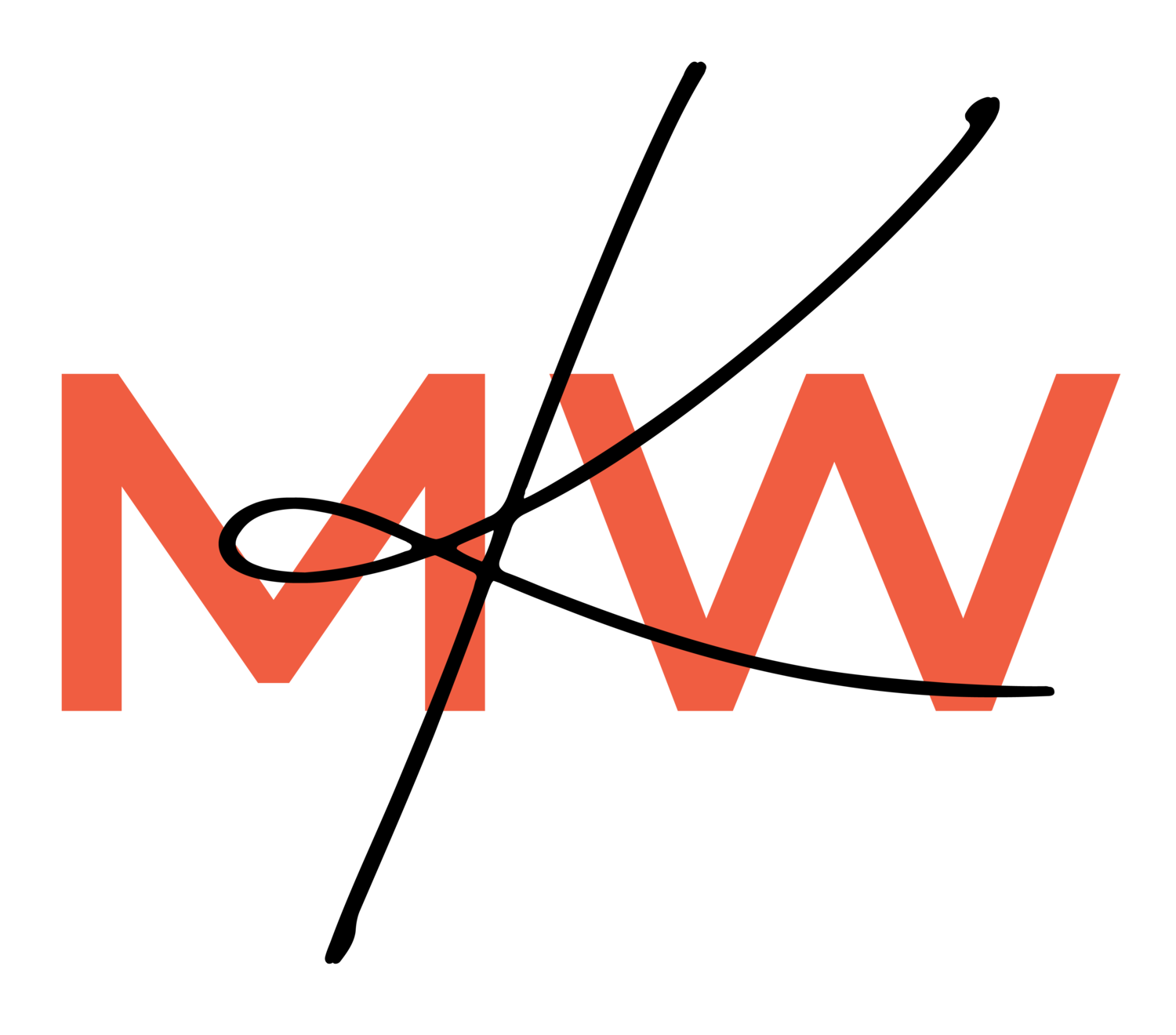Two Types of Budgeting
“Freedom without discipline is chaos.”—Cullen Hightower
I heard from a reader the other day who’s in marital gridlock about the best way to manage their newfound high income. When they earned less, she said, they were in agreement about their strategy: They used dedicated savings accounts for discretionary purchases and a rollover strategy, in which each category had a monthly limit. If they ended the month under-budget, they rolled the money forward for next month, and if they went over, another category had to pick up the slack to compensate.
Slick, no? This system served them flawlessly for years, she said, and now, they’re earning nearly $100,000 more per year. Amazing!
Except…introducing more money to the picture has them pulling in different strategic directions.
“It struck me as the quintessential challenge of navigating something as personal and psychological as money with another person.”
To her, their monthly boundaries and sophisticated rollover system give her the mental freedom to spend within those parameters guilt-free.
To him, the categories feel like arbitrary limits now that their income picture has changed, and he’s advocating for the elimination of their system in favor of something a little more loosey-goosey.
She feels like ripping off the training wheels will send them down a slippery lifestyle creep slope, and they’ve been in financial stalemate for months, unable to reach consensus.
It’s fascinating because the disagreement surfaced when they started managing more money, not less. Mo’ money, mo’ problems indeed, Biggie. But her email jumped out at me because it struck me as the quintessential challenge of navigating something as personal and psychological as money with another person. Two people who have traversed much ground together find themselves at a standstill because they perceive the same thing—boundaries—in opposite ways.
Her message also made me reflect on how my own approach has shifted over the years.
Is your budget retroactive or forward-looking?
It’s a subtle distinction, but a distinction nonetheless. And if you’re like, Listen, Katie, that’s cute, but I don’t have time for personal finance, much less NUANCE, hear me out: Retroactive budgets merely serve a record-keeping function. On the last day of the month, I review all the spending from the last 30 days and write down how much we spent in each category.
The budget isn’t really prescribing behavior to me; I’m not checking it before I go out to dinner to see if I can afford an appetizer or not. I have a plan, of course; I’m not a heathen! But I’m not really referencing the budget as I make decisions.
On the flip side, if your budget is forward-looking, you’re treating it like a recipe. “The envelope method,” a budgeting technique that recommends taking out physical, paper-ass cash and putting it in actual envelopes to avoid overspending, is the most literal manifestation of this technique.
“There are basically only three metrics that matter in my financial life now, so I put them front and center.”
I prefer the former method, because I don’t like being bossed around by a spreadsheet. But I didn’t always approach my spending retroactively—there was a time when those stricter limits were necessary, when my margin really was slim enough that I’d consult my precious spreadsheet before I bought concert tickets or took a stroll through Neiman’s. It was too challenging to eyeball purchases without close, categorized guidance.
But after a certain point on my income journey, it was clear the limits had outlived their utility. If I spend $20 instead of $10 on lunch, my financial future isn’t going to implode.
Now, that level of granular data serves only to either confirm or deny whether we’re hitting the overall target: our savings rate, which ladders up to our financial independence goal.
There are basically only three metrics that matter in my financial life now, so I put them front and center in each monthly tab in my Wealth Planner: how much we’ve spent so far, our savings rate, and our progress toward financial independence. The rest exists only to fuel the accuracy of these metrics and to help make realistic projections for the future.
This is especially helpful when you have an irregular income or recently started earning more. We might earn a lot in one month and not very much in another, and our spending varies a lot less than our income. Zooming out smooths the bumps month to month, and alleviates the sense that boundaries are artificial, arbitrary, or meaningless.
As I reflect on this reader’s conundrum, it occurs to me that these types of questions arise most when our circumstances have changed but our goals haven’t; a sign we might need to recalibrate. Now that they have almost twice as much income, this couple probably should revisit where they’d like to spend more. They might find that as long as they’re hitting an overall savings target for the year, the rest of their cash flow is fair game to spend however they’d like.


